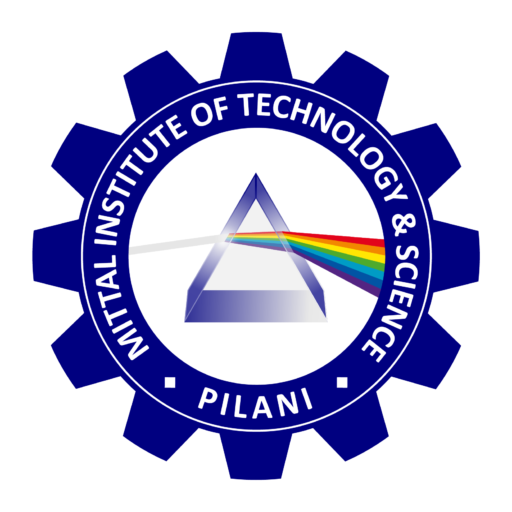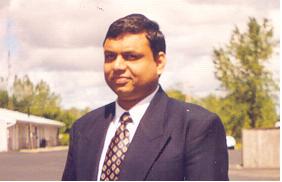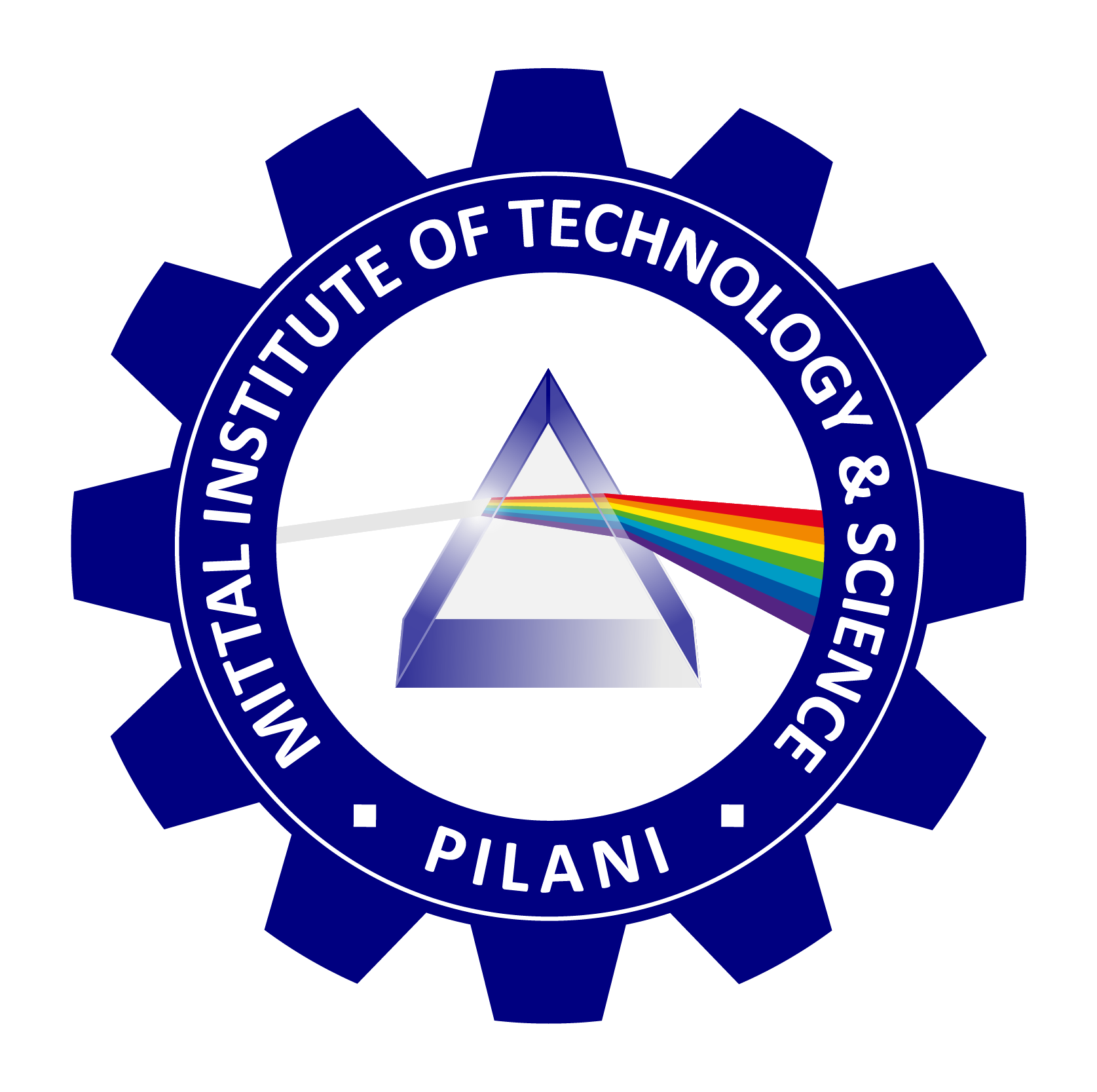
MITTAL INSTITUTE OF TECHNOLOGY & SCIENCE, PILANI
Data Structures and Algorithms in Computer Science Education
Introduction
Data Structures and Algorithms (DSA) form the intellectual backbone of computer science, underpinning every area from software development to theoretical computation. While introductory courses cover the basics, university courses delve deeper into the efficiency, complexity, and mathematical underpinnings of data structures and algorithms, equipping students with the analytical tools to solve complex computational problems.
The Role of Data Structures
At the level, the study of data structures goes beyond simple arrays, linked lists, stacks, and queues. Students explore sophisticated structures that enable optimal performance in real-world applications:
- Trees and Graphs: tree structures such as AVL trees, B-trees, Red-Black trees, and Segment trees are studied for their balance and efficiency in search, insert, and delete operations. Graphs, both directed and undirected, are explored with representations like adjacency lists and matrices, and operations like traversal, connectivity, and cycle detection.
- Hashing and Bloom Filters: Hash functions and hash tables are analyzed in terms of collision resolution strategies, including chaining and open addressing. Probabilistic structures like Bloom filters are introduced for applications where space efficiency is critical.
- Heaps and Priority Queues: These are studied in the context of scheduling and path-finding algorithms, with variations like Fibonacci heaps and pairing heaps offering theoretical improvements.
Algorithm Design and Analysis
DSA courses shift focus from just implementing algorithms to designing and analyzing them with mathematical rigor:
- Algorithmic Paradigms: Students master paradigms such as divide-and-conquer, dynamic programming, greedy algorithms, backtracking, and branch-and-bound. Each is discussed through practical and theoretical lenses, with proofs of correctness and complexity analysis.
- Graph Algorithms: Central to many real-world applications, graph algorithms are taught in depth. Topics include Dijkstra’s and Bellman-Ford algorithms for shortest paths, Floyd-Warshall for all-pairs shortest paths, Kruskal’s and Prim’s for minimum spanning trees, and network flow algorithms like Ford-Fulkerson and Edmonds-Karp.
- Topics: Topics such as amortized analysis, NP-completeness, approximation algorithms, and randomized algorithms are introduced. These build a foundation for understanding computational intractability and strategies for dealing with hard problems.
Mathematical Foundations
DSA courses often integrate mathematics to support algorithm analysis:
- Asymptotic Notation: Big O, Theta, and Omega notations are rigorously applied to express time and space complexity.
- Recurrence Relations: Techniques such as the Master Theorem, iteration, and recursion trees are used to analyze recursive algorithms.
- Probability and Combinatorics: Used in the analysis of randomized algorithms and average-case complexity.
Applications and Case Studies
Practical applications are emphasized through case studies that illustrate how data structures and algorithms solve real-world problems:
- Search Engines: Use of tries, inverted indices, and graph-based algorithms like PageRank.
- Databases: Application of B-trees and hash-based indexing.
- Operating Systems: Scheduling algorithms and data structures for memory management.
- AI and Machine Learning: Use of graph algorithms for knowledge representation and neural network optimizations.
Pedagogical Approaches
Teaching DSA at an level involves a mix of theory and practice:
- Problem Sets and Competitive Programming: Students engage with challenging problems that require optimization, abstraction, and deep algorithmic thinking.
- Capstone Projects: Often involve building compilers, simulators, or large-scale systems where data structure choices significantly impact performance.
- Use of Tools: Visualization tools and programming environments (e.g., Eclipse, Jupyter Notebooks, IDEs) help bridge theory and practice.
courses in Data Structures and Algorithms are central to developing the analytical and problem-solving skills that define a computer scientist. These courses go beyond coding, emphasizing efficiency, mathematical rigor, and design principles. By mastering DSA, students gain the capability to engineer systems that are both effective and elegant, laying a foundation for innovation in a digital world.

Professor Rakesh Mittal
Computer Science
Director
Mittal Institute of Technology & Science, Pilani, India and Clearwater, Florida, USA
